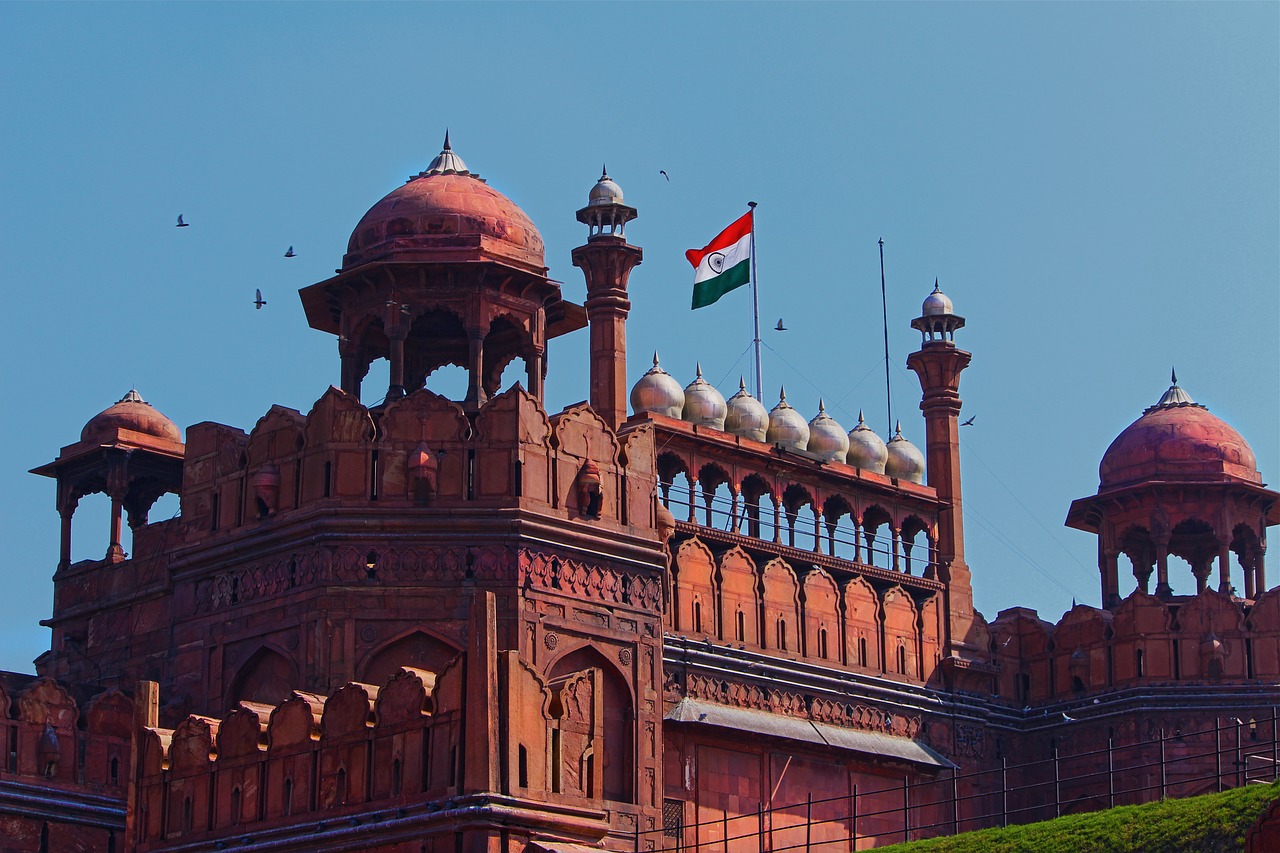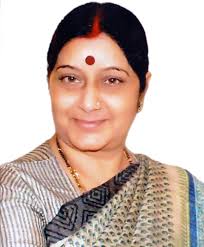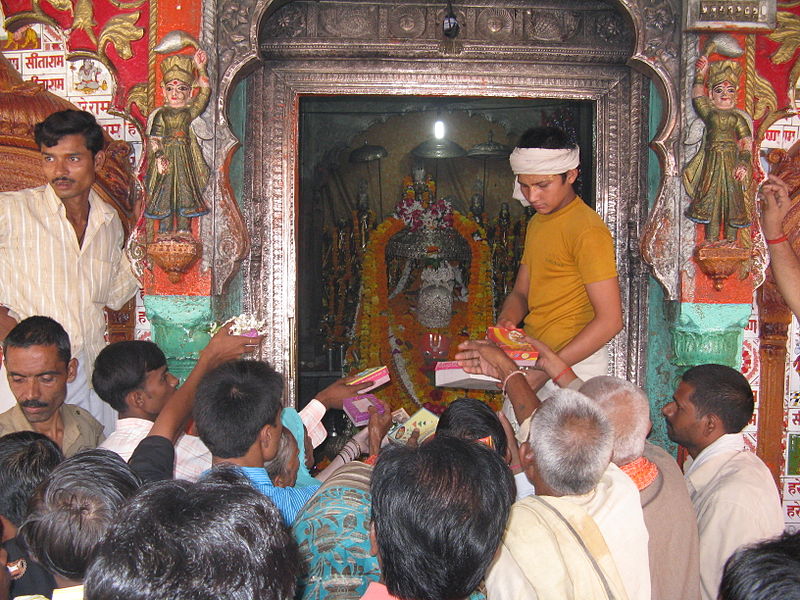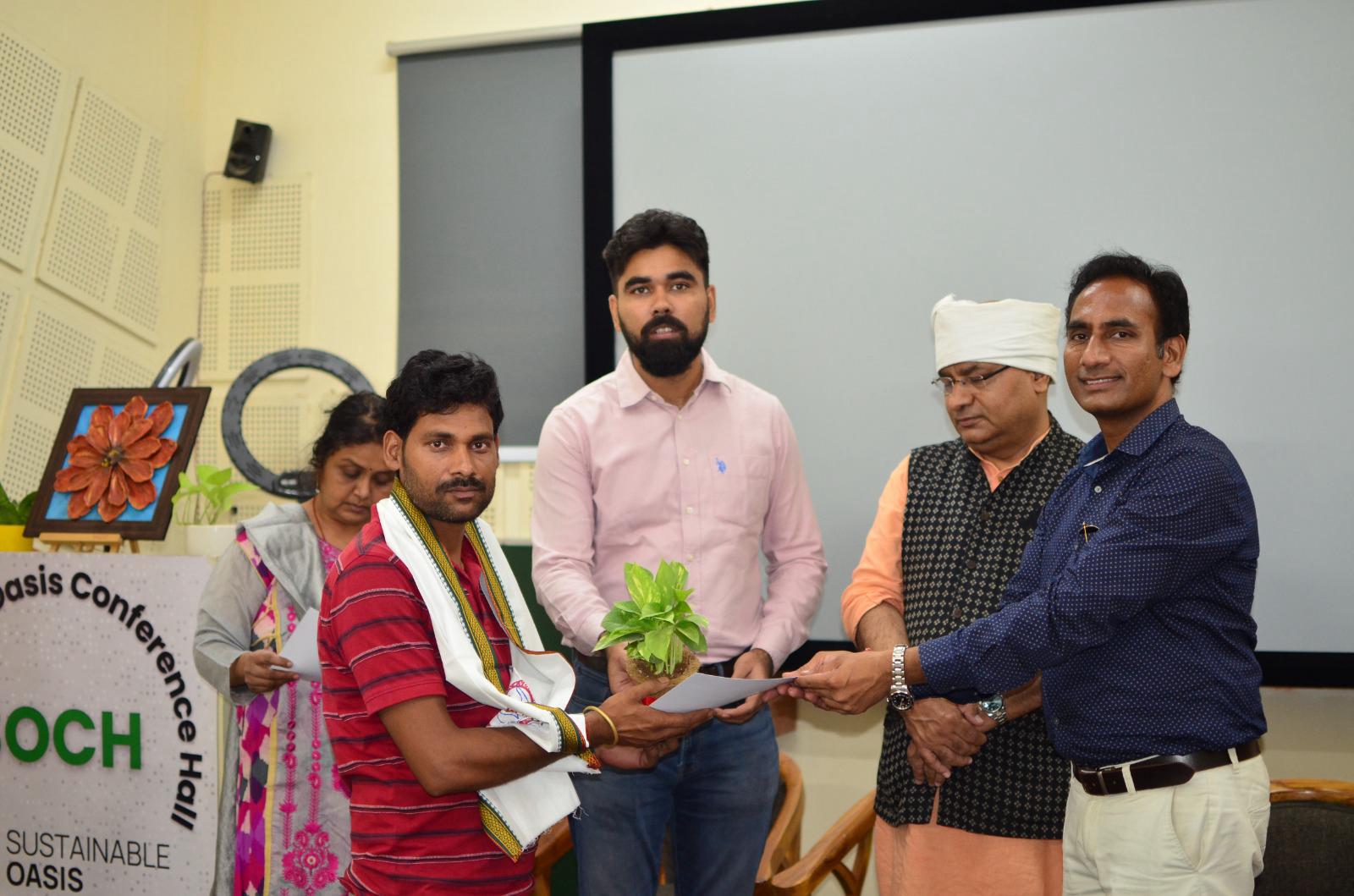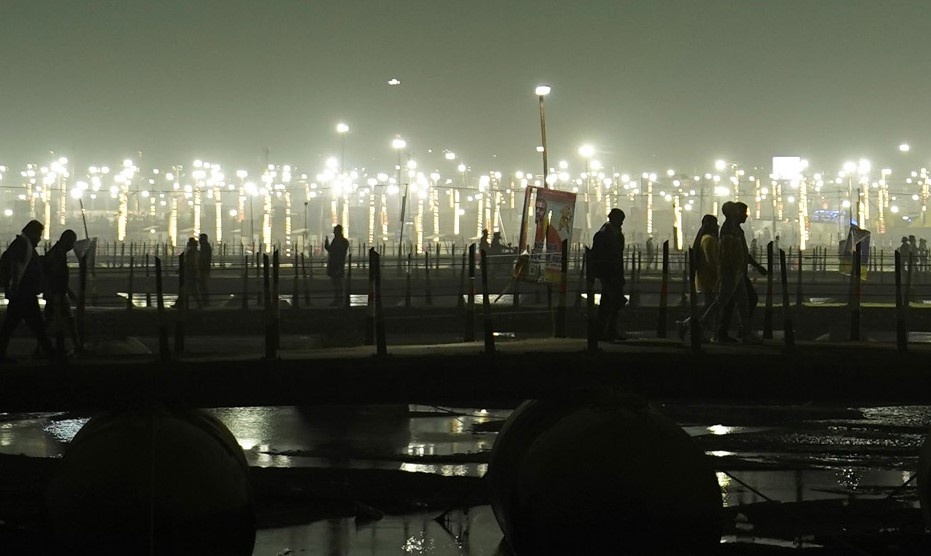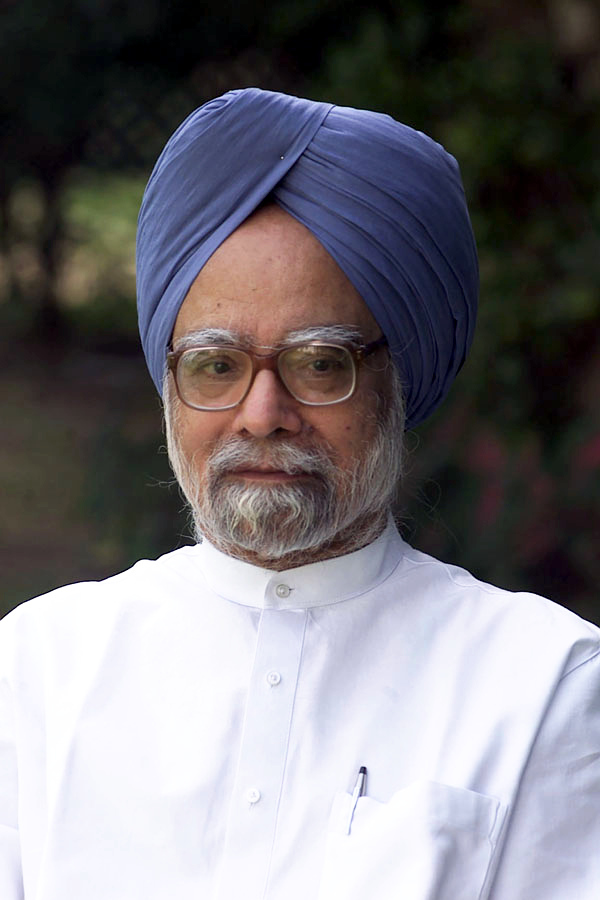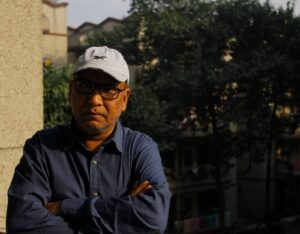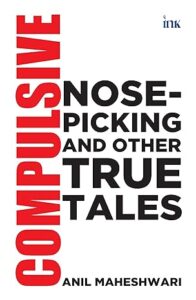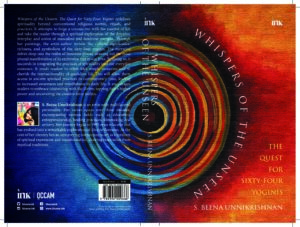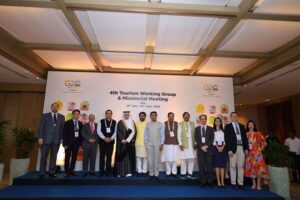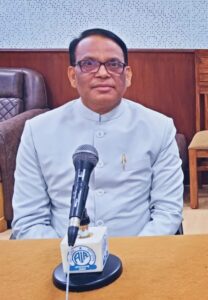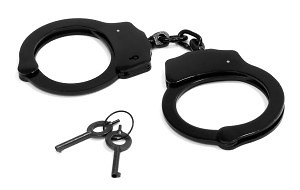Govt demonetizes Rs 1,000 and Rs 500 notes
Ravi Shanker Kapoor | November 8, 2016 10:47 pm
In a surprise move against black money and terror-funding fake currency, Prime Minister Narendra Modi on Tuesday demonetized Rs 1,000 and Rs 500 notes with effect from midnight.
In his first televised address to the nation, the Prime Minister announced that people holding notes of these denominations can deposit them in banks and post office accounts from November 10 till December 30.
Rs 500 and Rs 1,000 are notes are mostly used in black money, he said, adding that corruption, black money, and terrorism can come in the way of a country’s robust economic growth. “Terrorists from across the border” are spreading counterfeit currency notes, he said.
A new series of Rs 500 currency notes and Rs 2,000 currency notes will be brought into circulation, Modi said.
These notes should be exchanged in banks and head post offices and sub post office by December 30, 2016, by providing a valid identity proof such as Aadhaar, PAN card or voter ID card.
People who possess Rs 500 or Rs 1,000 currency notes after December 30 can exchange it at Reserve Bank of India by providing a declaration. This is till March 31, 2017.
Rs 10,000 daily will be the cash withdrawal and Rs 20,000 the weekly cash withdrawal limit. Banks will be closed on November 9. There is no restrictions on internet banking, cash, demand draft transactions.
There are some exemptions. Government hospitals and international airports.
The ATMs will not function till November 9, and in some places till November 10.
It is a bold move. Counterfeit currencies are being used for financing terrorism. Our security measures have not been breached. This is a powerful measure to combat terrorism. The government has taken many measures in last two years. This will go a long way. Fake currencies corrode economy, says Economic Affairs Secretary Shaktikanta Das.
“We will work round the clock to ensure that customers have a smooth experience,” said SBI chairman Arundhati Bhattacharya. “We will strive to restock ATMs at the earliest and make them operational.”

